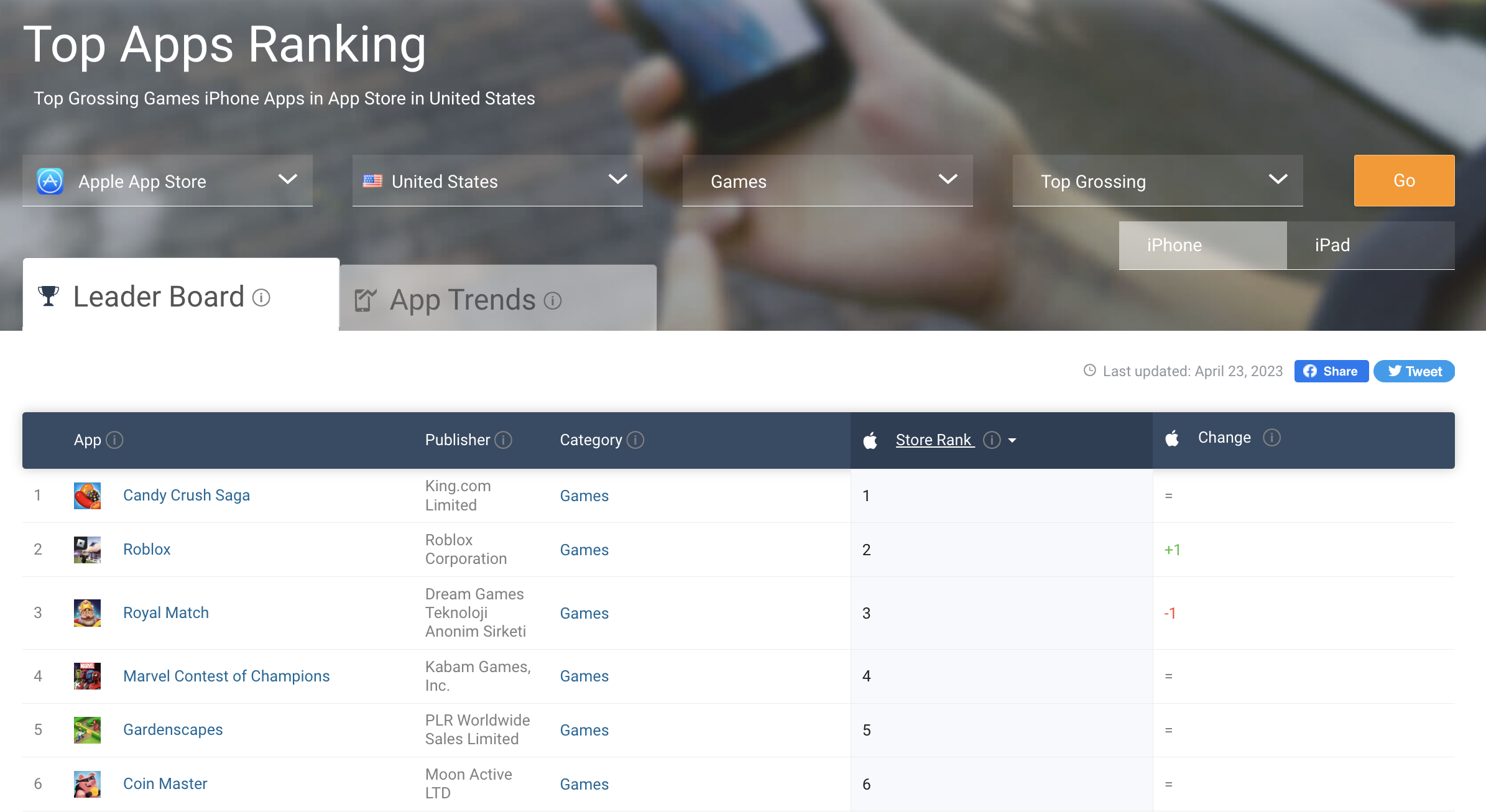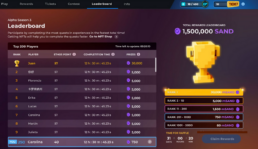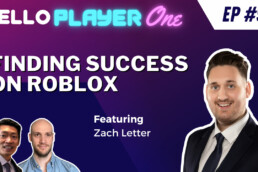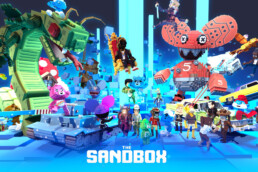Acquiring users for a game is expensive, very expensive. When I previously worked as a user acquisition manager in Web 2.0, an install of a game can cost between $5-10. And it’s not unusual for a mobile game to have million dollar budgets each month to acquire players.
However, the cost to acquire users in web 3 using the blockchain can be 1/10, if not 1/100 of the web 2.0 equivalent cost. Let’s dive in to see how.

Current Top Grossing Games on iOS
We can assume all the games listed above are spending that much, if not much more.
Understanding Web 2.0 User Acquisition
We need to first look at a specific way of acquiring users in web 2.0 mobile gaming: incentivized installs. It works like this:
The user is shown an offer in Game A where they will be rewarded if they try Game B. The reward is typically virtual currency in Game A. The reward occurs once the player takes a specific action in Game B.
For example, the player could watch a video about the Game B. The player could install, and open Game B. The player could play until level 15, or even join an alliance.

Example of incentivized installs
The amount of reward depends on the action or engagement that the player took. If the player only installed and opened the game, the reward is small because the engagement is small. If the player joined an alliance, the reward is substantial because the engagement is substantial.
This reward economy is shown in the screenshot above, where the player would earn 42961 gold by reaching level 19 in Star Trek but only 6700 gold by reaching level 221 in Panda Pop. Reaching level 19 in Star Trek is much harder and likely requires a lot of time. It might even make the player to want to spend money in order to get to level 19 easier.
There is a high correlation between players who spend a lot of time in a game and them spending money.
The cost to acquire the player also depends on the engagement. If the player was incentivized to just install and open the game, the cost is very small- $1 or less because the player will likely not stay. If the engagement is for the player to have to join an alliance, that will be significantly higher, likely $25-50 for each new player who takes that action.
Keep in mind that the advertiser (the mobile game company) only pays for players who joined an alliance.
I ran these type of ads, spending hundreds of thousands a month.
The ads were extremely effective in finding highly engaged, paying players. There is a correlation between players who spend a lot of time in a game and them spending money.
When players join an alliance, they now have others who expect them to participate. If the game has a feature that lets alliances battle each other, players are more likely to spend because they want their team to win.
And because a lot of mobile games lean pay-to-win, the alliance that outspends the other will likely win.
Web 3 Game Example, The Sandbox
Let’s see how this works in web 3 gaming.
The Alpha Season rewards in The Sandbox is a lot like running an incentivized install campaign. It acquires and rewards the most engaged players.

Rewards in Alpha Season 3 of The Sandbox
The Sandbox rewarded $SAND tokens to players with the best completion time. The completion time referred to the fastest cumulative amount of time a player spent to gain the available Ethnos Points in the experiences.
Each game experience had a certain amount of Ethnos points that could be earned. That meant in order to crack the leaderboard, a player has to play ALL of the available game experiences as well getting the best scores.
The thesis here is similar: players who play the most will be more likely to stick around. In the screenshot above, the player “Juan” has spent a minimum of 12 hours and 30 minutes playing games in The Sandbox.
If he stays at top, he’ll win 30,000 $SAND tokens which at current writing is worth ~$17,000. And The Sandbox spent $17k to acquire a player who spent 12 hours and 30 minutes on their platform.
Or did they?
Here’s The Twist
This is where things get really interesting. Previously, I paid between $25-50 to acquire a user who joins an alliance in a mobile game. This was real, hard cash. The money that The Sandbox spends to reward players is in the form of their $SAND token, not cash.
To the player receiving the token, it is real money because they can convert it at their exchange for fiat currency.
But what about the company? How much are they spending?
Their token was minted several years ago. On launch, I remember it being less than $0.01 per $SAND token. So if they gave out 1.5M $SAND as rewards in Alpha Season 3 and the token is currently valued at $.57, did they actually spend $855,000?
Or is it more like $15,000 (using the mint value of the token)?
Of course, this only works if the token has utility and people want to buy it. This creates the exit liquidity of the players who received it as rewards.
Final Thoughts
In order for this type of user acquisition campaign to work, players have to see an immediate dollar value. In mobile gaming, the player saw the dollar equivalent for the action they were taking. In the example with The Sandbox, payers can easily quantified how much they’ll earn by converting the $SAND token to cash.
The engagement event also has to be pretty deep in the game that leads to revenue. With the “join alliance” event, I knew that a good percentage of those players will stick around and spend money. And I knew the amount I spent in a month to acquire those types of players will be profitable.
Lastly, I believe token rewards is better than NFT rewards because tokens are more liquid. They can be converted easily on an exchange for that player’s local fiat currency.
We’re only scratching the surface of web 3 marketing. But I suspect we’ll be seeing a lot more of this in the future. Get ready to get your play on.
First published here.
Get more insights like this on the business and marketing of the metaverse delivered to your inbox. We’ll never spam you, ever.
Jack Liu
Digital marketing entrepreneur with a background in engineering, paid advertising, and product development. Founder of Tentango.
Related Posts
June 14, 2023
How To Successfully Launch Games on Roblox, with Zach Letter of Wonder Works
How can developers successfully launch games on Roblox? In my recent…
May 20, 2023
Branding Success: Guaranteed Engagement in The Sandbox
The Sandbox Metaverse is a really interesting opportunity for branded…
March 7, 2023
Metaverse Marketing – The Emerging Practice
As the digital world continues to evolve, businesses need to stay ahead of the…



